More than 200 Distributors
Around 1,000,000 Outlets
Nationwide Coverage
PRESCRIBING INFORMATION
BOXED WARNINGS Patients treated with parenteral aminoglycosides should be under close clinical observation because of the potential ototoxicity and nephrotoxicity associated with their use. Safety for treatment periods which are longer than 14 days has not been established. Renal and eighth-nerve function should be closely monitored especially in patients with known or suspected renal impairment at the onset of therapy and also in those whose renal function is initially normal but who develop signs of renal dysfunction during therapy. Aminoglycosides are potentially nephrotoxic. The risk of nephrotoxicity is greater in patients with impaired renal function and in those who receive high doses or prolonged therapy. Neurotoxicity, manifested as vestibular and permanent bilateral auditory ototoxicity, can occur in patients with pre-existing renal damage and in patients with normal renal function treated at higher doses and/or for periods longer than those recommended. High frequency deafness usually occurs first and can be detected only by audiometric testing. Vertigo may occur and may be evidence of vestibular injury. Other manifestations of neurotoxicity may include numbness, skin tingling, muscle twitching and convulsions. Aminoglycoside-induced ototoxicity is usually irreversible. Neuromuscular blockade and respiratory paralysis have been reported following parenteral injection, topical instillation (as in orthopedic and abdominal irrigation or in local treatment of empyema). Evidence of ototoxicity or nephrotoxicity requires discontinuation of the drug or dosage adjustment. Serum concentrations of amikacin should be monitored when feasible to assure adequate levels and to avoid potentially toxic levels and prolonged peak concentrations above 35 micrograms per mL. Concurrent and/or sequential systemic, oral or topical use of other neurotoxic or nephrotoxic products, particularly bacitracin, cisplatin, amphotericin B, cephaloridine, paromomycin, viomycin, polymyxin B, colistin, vancomycin, or other aminoglycosides should be avoided. Other factors that may increase risk of toxicity are advanced age and dehydration. The concurrent use of amikacin with potent diuretics (ethacrynic acid, or furosemide) should be avoided since diuretics by themselves may cause ototoxicity. In addition, when administered intravenously, diuretics may enhance aminoglycoside toxicity by altering antibiotic concentrations in serum and tissue. |
QUALITATIVE AND QUANTITATIVE COMPOSITION
Amkay 25mg/mL Injection
Each ampoule contains:
Amikacin Sulfate USP eq. to Amikacin ………. 25mg
(Product Specs: USP)
Amkay 50mg/mL Injection
Each ampoule contains:
Amikacin Sulfate USP eq. to Amikacin ………. 50mg
(Product Specs: USP)
Amkay 100mg/2mL Injection
Each ampoule contains:
Amikacin Sulfate USP eq. to Amikacin ………. 100mg
(Product Specs: USP)
Amkay 250mg/2mL Injection
Each ampoule contains:
Amikacin Sulfate USP eq. to Amikacin ………. 250mg
(Product Specs: USP)
Amkay 500mg/2mL Injection
Each ampoule contains:
Amikacin Sulfate USP eq. to Amikacin ………. 500mg
(Product Specs: USP)
PHARMACEUTICAL FORM
Solution for Injection.
CLINICAL PARTICULARS
Therapeutic indications
Amkay Injection is a semi-synthetic, aminoglycoside antibiotic which is active against a broad spectrum of Gram-negative organisms, including pseudomonas and some Gram-positive organisms.
Sensitive Gram-negative organisms include; Pseudomonas aeruginosa, Escherichia coli., indole-positive and indole-negative Proteus spp., Klebsiella, Enterobacter and Serratia spp., Minea-Herralae, Citrobacter freundii, Salmonella, Shigella, Acinetobacter and Providencia spp.
Many strains of these Gram-negative organisms resistant to gentamicin and tobramycin show sensitivity to amikacin in vitro. The principal Gram-positive organism sensitive to amikacin is Staphylococcus aureus, including some methicillin-resistant strains.
Amkay has some activity against other Gram-positive organisms including certain strains of Streptococcus pyogenes, Enterococci and Diplococcus pneumoniae.
Amikacin is indicated in the short-term treatment of serious infections due to susceptible strains of Gram-negative bacteria, including Pseudomonas species. Although amkay is not the drug of choice for infections due to staphylococci, at times it may be indicated for the treatment of known or suspected staphylococcal disease. These situations include:
the initiation of therapy for severe infections when the organisms suspected are either Gram-negative or staphylococci, patients allergic to other antibiotics, and mixed staphylococcal/Gram-negative infections.
Therapy with amikacin may be instituted prior to obtaining the results of sensitivity testing. Surgical procedures should be performed where indicated.
Posology and method of administration
Amkay Injection may be given intramuscularly or intravenously.
Amkay should not be physically premixed with other drugs, but should be administered separately according to the recommended dose and route.
The patient’s pre-treatment body weight should be obtained for calculation of correct dosage. The status of renal function should be estimated by measurement of the serum creatinine concentration or calculation of the endogenous creatinine clearance rate.
Whenever possible, amikacin concentrations in serum should be measured to assure adequate, but not excessive levels. It is desirable to measure both peak and trough serum concentrations intermittently during therapy. Peak concentrations (30-90 minutes after injection) above 35mcg/mL and trough concentrations (just prior to the next dose) above 10mcg/mL should be avoided.
Dosage should be adjusted as indicated. In patients with normal renal function, once-daily dosing may be used; peak concentrations in these cases may exceed 35mcg/mL For most infections the intramuscular route is preferred, but in life-threatening infections, or in patients in whom intramuscular injection is not feasible, the intravenous route, either slow bolus (2 to 3 minutes) or infusion (0.25% over 30 minutes) may be used.
Intramuscular and intravenous administration
At the recommended dosage level, uncomplicated infections due to sensitive organisms should respond to therapy within 24 to 48 hours. If clinical response does not occur within three to five days, consideration should be given to alternative therapy.
If required, suitable diluents for intravenous use are: Normal saline, 5% dextrose in water.
Once the product has been diluted the solution must be used as soon as possible and not stored.
Adults and Children over 12 years
The recommended intramuscular or intravenous dosage for adults and adolescents with normal renal function (creatinine clearance ≥50mL/min) is 15mg/kg/day which may be administered as a single daily dose or divided into 2 equal doses i.e., 7.5mg/kg q 12h. The total daily dose should not exceed 1.5g.
In endocarditis and in febrile neutropenic patients, dosing should be twice daily, as there is not enough data to support once daily dosing.
Children 4 weeks to 12 years
The recommended intramuscular or intravenous (slow intravenous infusion) dose in children with normal renal function is 15-20mg/kg/day which may be administered as 15-20mg/kg, once a day; or as 7.5mg/kg q 12 h.
In endocarditis and in febrile neutropenic patients dosing should be twice daily.
Neonates: An initial loading dose of 10mg/kg followed by 7.5mg/kg q 12h.
Premature Infants: The recommended dose in pre-matures is 7.5mg/kg in every 12 hours. The usual duration of treatment is 7 to 10 days. The total daily dose by all routes of administration should not exceed 15-20mg/kg/day. In difficult and complicated infections where treatment beyond 10 days is considered, the use of amikacin injection should be re-evaluated and, if continued, renal, auditory, vestibular function should be monitored, as well as serum amikacin levels.
Specific recommendation for intravenous administration:
In pediatric patients the number of diluents used will depend on the amount of amikacin tolerated by the patient. The solution should normally be infused in adults over a 30-to-60-minute period. Infants should receive a 1-to-2-hour infusion.
Elderly:
Amikacin is excreted by the renal route; renal function should be assessed whenever possible and dosage adjusted as described under impaired renal function.
Life-threatening infections and/or those caused by
pseudomonas:
The adult dose may be increased to 500mg every eight hours but should never exceed 1.5g/day nor be administered for a period longer than 10 days. A maximum total adult dose of 15g should not be exceeded.
Urinary tract infections: (other than pseudomonas infections)
7.5mg/kg/day in two equally divided doses (equivalent to 250mg b.i.d. in adults). As the activity of amikacin is enhanced by increasing the pH, a urinary alkalinizing agent may be administered concurrently.
Impaired renal function:
In patients with renal impairment reflected by creatinine clearance less than 50mL/min, a total daily dose of amikacin is not desirable. For patients with impaired renal function receiving the usual twice or three times daily dosing, whenever possible, serum amikacin concentrations should be monitored by appropriate assay procedures.
Doses should be adjusted in patients with impaired renal function either by administering normal doses at prolonged intervals or by administering reduced doses at fixed intervals.
Normal Dose at Prolonged Intervals Between Dosing:
If the creatinine clearance rate is not available and the patient’s condition is stable, a dosage interval in hours for the normal single dose (i.e., that which would be given to patients with normal renal function on a twice daily schedule, 7.5mg/kg) can be calculated by multiplying the patient’s serum creatinine by nine; e.g., if the serum creatinine concentration is 2mg/100mL, the recommended single dose (7.5mg/kg) should be administered every 18 hours.


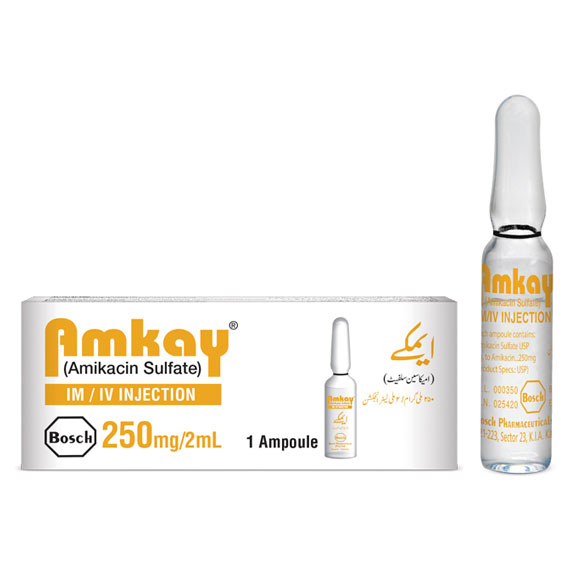
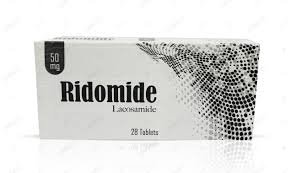
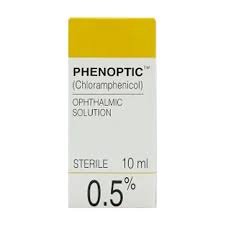


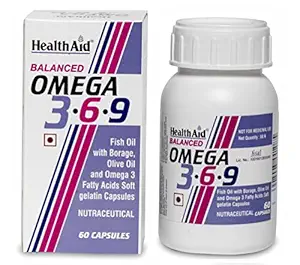
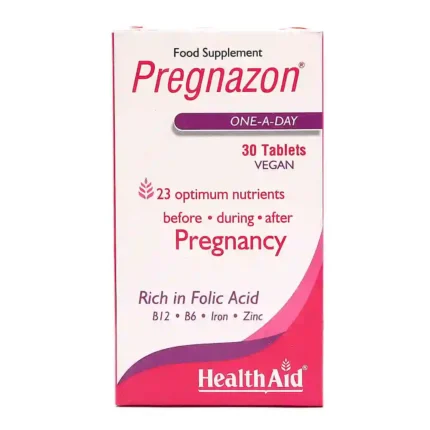

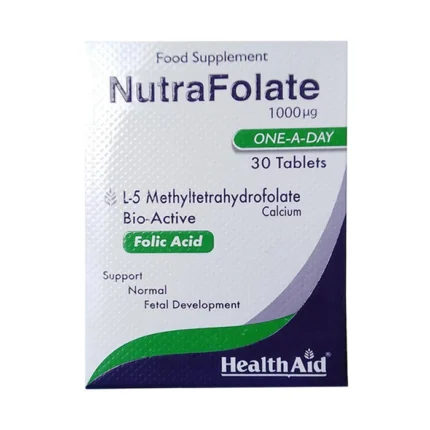


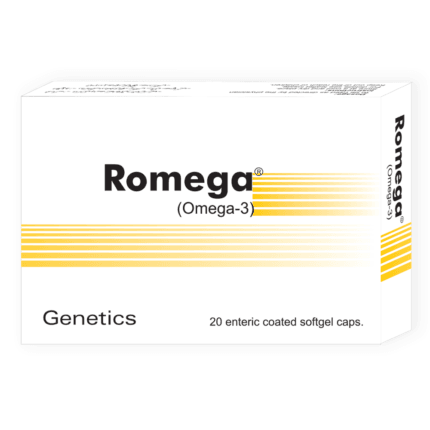
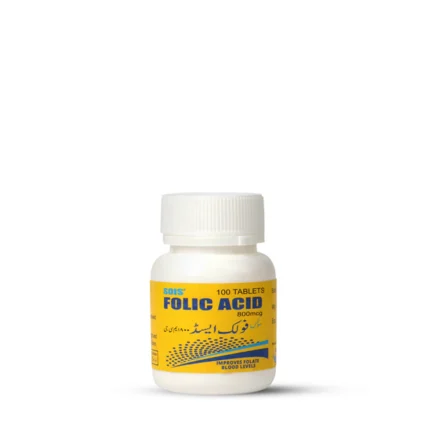




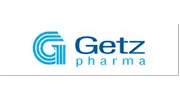



Reviews
There are no reviews yet.